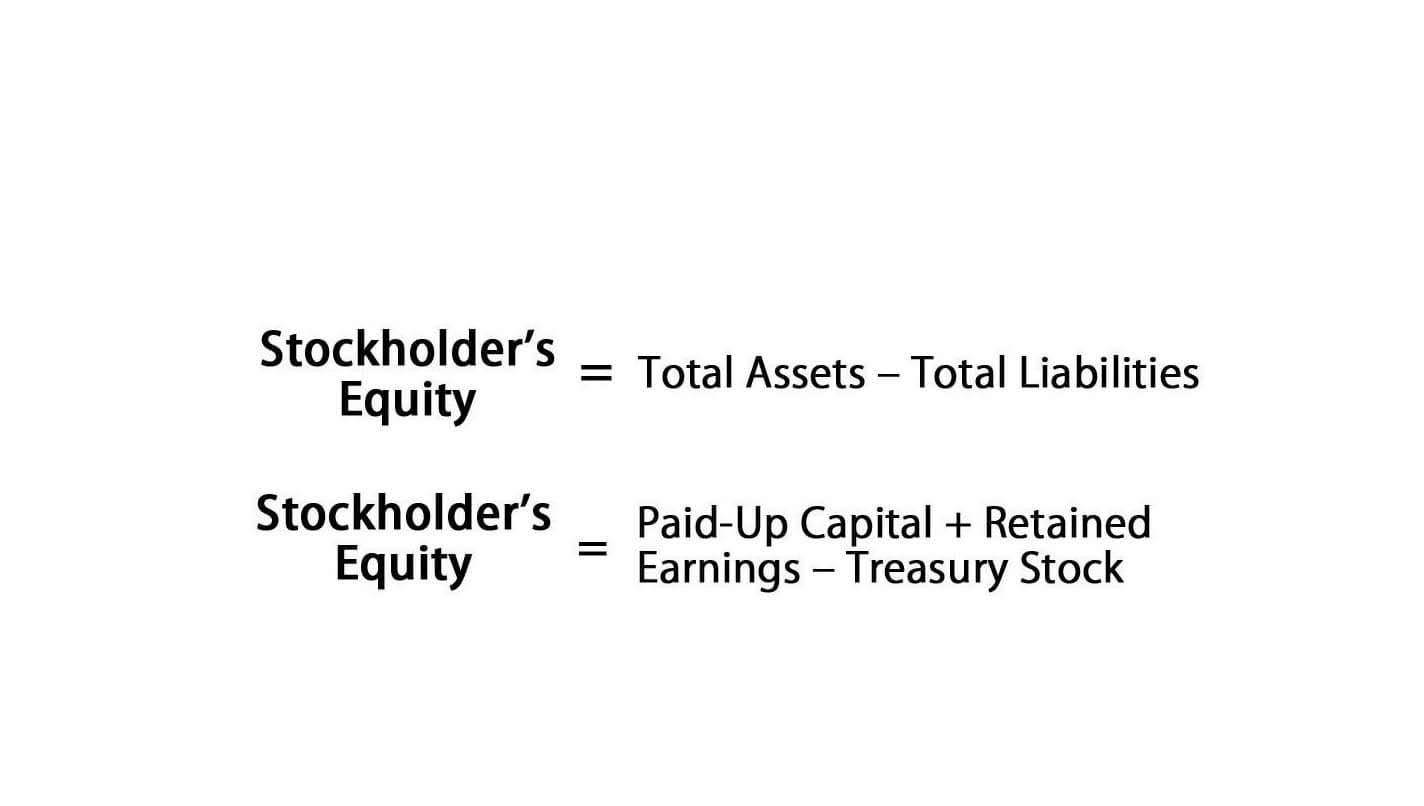

The unearned revenue account declines, with the coinciding entry consisting of the increase in revenue. We see that the cash account increases, but the unearned revenue liability account also increases. The recognition of unearned revenue relates to the early collection of cash payments from customers. Unearned revenue is listed under “current liabilities.” It is part of the total current liabilities as well as total liabilities.


So, the trainer can recognize 25 percent of unearned revenue in the books, or $500 worth of sessions. At the end of the month, the owner debits unearned revenue $400 and credits revenue $400. He does so until the three months is up and he’s accounted for the entire $1200 in income both collected and earned out. Unearned revenue is great for a small business’s cash flow as the business now has the cash required to pay for any expenses related to the project in the future, according to Accounting Tools. Therefore, when considering unearned or deferred income, you should recognize it as a current liability.
Accounting for Unearned Revenue
Since most prepaid contracts are less than one year long, unearned revenue is generally a current liability. In this article, I am going to go over the ins and outs of unearned revenue, when you should recognize revenue, and why it is a liability. Don’t worry if you don’t know much about accounting as I’ll illustrate everything with some examples.
- The $3,500 is recognized in Interest Payable (a credit) and Interest Expense (a debit).
- Below you’ll find everything you need to know about unearned revenue and how it affects your small business.
- Interest is an expense that you might pay for the use of someone else’s money.
- A business will need to record unearned revenue in its accounting journals and balance sheet when a customer has paid in advance for a good or service which they have not yet delivered.
- Therefore, when considering unearned or deferred income, you should recognize it as a current liability.
- The monthly interest rate of
0.25% is multiplied by the outstanding principal balance of $10,000
to get an interest expense of $25. - For example,
Figure 12.4 shows that $18,000 of a $100,000 note payable is
scheduled to be paid within the current period (typically within
one year).
If you have earned revenue but a client has not yet paid their bill, then you report your earned revenue in the accounts receivable journal, which is an asset. Recording unearned revenues and similar prepayments can be challenging. Most commonly, unearned revenue is wrongfully recorded as an asset instead of a liability.
What Is an Unearned Revenue Example?
Lessons happen once a month, which means that each month, the guitar teacher earns $200 of the unearned revenue. An adjusting entry or accrual entry is made after each lesson, moving $200 in unearned revenue to revenue. Note that the value per point is based on the total unearned revenue divided by the number of points expected to be redeemed, rather than the total is unearned revenue a current liability number of points awarded. If the estimates turn out to be incorrect, the revenue will simply be adjusted prospectively in the current year. Whether you have earned revenue but not received the cash or have cash coming in that you have not yet earned, use Baremetrics to monitor your sales data. One limitation is that the money does not belong to the organization.
- Unearned revenue is only recorded when a seller follows accrual accounting.
- If all of the treatments occur,
$40 in revenue will be recognized in 2019, with the remaining $80
recognized in 2020. - If it is a monthly publication, as each periodical is delivered, the liability or unearned revenue is reduced by $100 ($1,200 divided by 12 months) while revenue is increased by the same amount.
- When the music teacher receives the money, a journal entry is made in the company’s accounting records.
- Unearned revenue, also known as deferred revenue, is a crucial element in a company’s financial statements.
- The business owner enters $1200 as a debit to cash and $1200 as a credit to unearned revenue.
- A deferred revenue schedule is based on the contract between customer and provider.
As services are delivered, the money moves out of liabilities into assets. At that point, it becomes revenue and can be added to your income statement. Unearned revenue appears as a liability on a company’s balance sheet. It represents the company’s obligation to provide goods or services, which have been prepaid by customers. As the company delivers those goods or services, the liability decreases, and the revenue is reported on the income statement. In the accounting world, unearned revenue is money collected by a company before providing the corresponding goods or services.
The Impact on Financial Statements
Earned revenue means you have provided the goods or services and therefore have met your obligations in the purchase contract. The current ratio is one that can be negatively affected as current liabilities increase while current assets don’t. The increase in unearned revenue will make the organization appear less liquid. Though investors should be aware that the shift in the balance may be the result of a change in the business, unearned revenue can provide hints about future revenue. This adjustment changes the value from liability on the statement of financial positions on the organization’s reports to the income statement of the organization’s reports. Revenue is only reported when the service or good is provided, and the money is paid for.










دیدگاهتان را بنویسید